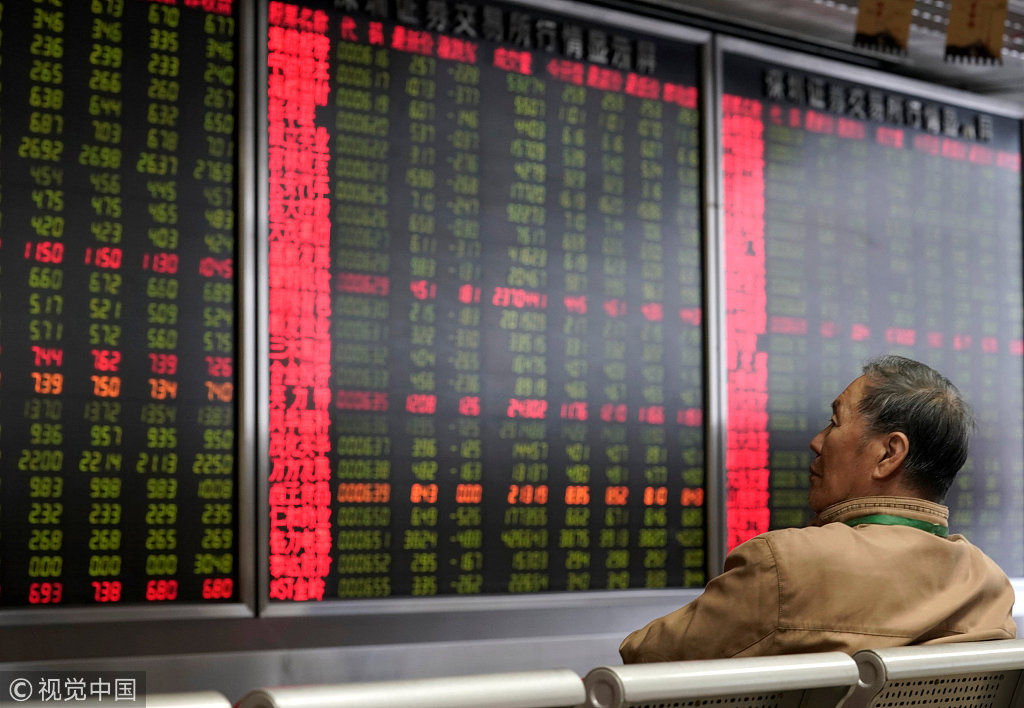Reserve requirement ratio cut will support real economy: China Daily editorial


China's cut in the banking reserve requirement ratio, or amount of cash that banks are required to hold as reserves, announced on Sunday, failed to hold back the selling spree in the domestic A-share market on Monday.
But it will, together with previous three cuts this year, help channel funds into the country's real economy and boost the growth of the Chinese economy.
Monday's domestic stock market tumble is, to an extent, attributable to investor concerns as a result of the easing growth and the ongoing trade tensions in many parts of the world. But it was also a normal reaction to the accumulative pressure from the steep sell-offs in overseas markets in the past week, after the Chinese stock market reopened after its weeklong closure for the National Day holiday.
Although some economic indicators eased slightly in August, the fundamentals of the Chinese economy remain unchanged and it remains on the track of fast and stable growth.
The industrial output, retail sales and fixed-asset investment are still growing at a reasonably fast pace, as shown by August data released by the statistics authority, even though China is undergoing the Herculean task of economic restructuring and deleveraging.
The Caixin business sentiment index for services, a private survey-based gauge of activity released by Caixin Media, a major media group in China, rebounded in September to 53.1 from 51.5 in August, indicating that the service sector, a major contributor to overall growth, remains healthy.
The authorities are also looking at measures to boost the corporate sector to help stabilize the real economy and employment in the face of the downward pressures caused by the trade dispute with the United States. The Ministry of Finance, for instance, has said that it is considering new tax cut measures on the top of a series of tax cuts so far this year to spur credit demand from the real economy, especially the private sector. The government has also pledged to expedite plans to invest billions of dollars in infrastructure projects.
Such measures to lower financing costs and boost growth should ease concerns about the drag on the Chinese economy caused by the trade dispute.
Indeed, the sound fundamentals of the Chinese economy demonstrate its resilience and capability to withstand the headwinds of Washington’s economic aggression, while still giving the government room to promote the transformation to high-quality development.
Today's Top News
- Sinologists help to bridge civilizations
- HK unveils sweeping steps after huge blaze
- China releases white paper on arms control
- China blasts new remarks by Japan's prime minister on Taiwan's legal status
- Investment grows as firms make tech shift
- Lessons of HK fire tragedy must be learned: China Daily editorial






























